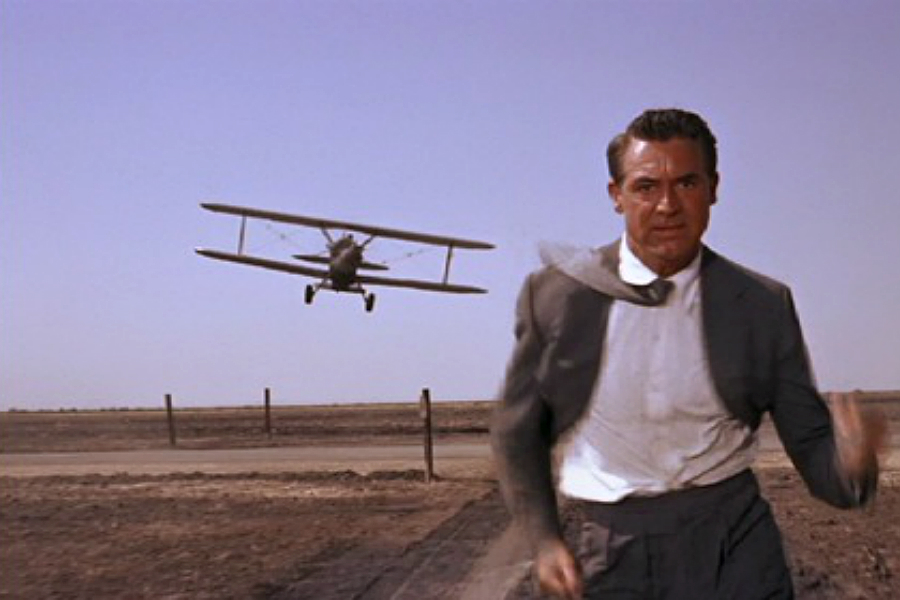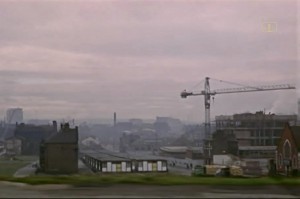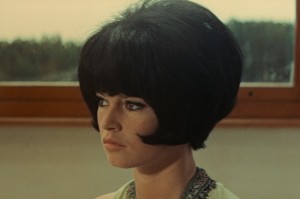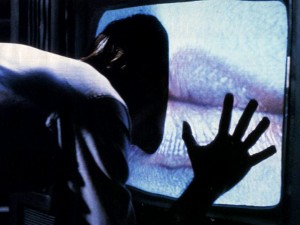The Problem with Hitchcock

Alfred Hitchcock is remembered as one of the great directors of his generation, an auteur without equal in this country. But was there more to him and his films than meets the eye?
The BFI have called him “the most iconic and influential British director of all time”, and there can be little doubt about Alfred Hitchcock’s reputation as a master of his craft; an auteur, to our mind, we haven’t seen the like of before or since in this country. Demonstrating a sophistication and deft lightness of touch that practically laughed in the face of his peers, his films continue to be mentioned amongst the best ever made.
The Birds, Rear Window, Vertigo, Psycho, The 39 Steps, Rope and North By North West – we could go on – are all examples of a director at the top of his game. Later this year the BFI are staging a complete retrospective, which also features the newly restored silent films, including The Lodger and The Ring. While prolific output is not always synonymous with quality, in a career spanning more than fifty years there were few duds. He is rightly venerated and remembered in this context.
But of course, we all have the odd skeleton in our cupboard, or in Norman Bates case, the mummified remains of your murdered mother in the loft. Indeed, there have long been concerns about the portrayal and treatment of his female characters. Writing in The Guardian in 2010, Bidisha noted that when it came to the women in his films, they can be neatly categorised thus: “There’s the vamp, the tramp, the snitch, the witch, the slink, the double-crosser and, best of all, the demon mommy. Don’t worry, they all get punished in the end.”
A withering assessment by any margin, but hardly a new one. In her 1975 essay, Visual Pleasure and Narrative cinema, Laura Mulvey argued that in films of the Hollywood Studio System, there exists a troubling dichotomy. In engaging with the film, the viewer develops a relationship with what they are watching, ‘a pleasure in looking’ which would be split between the active male character and the passive female, on screen purely to serve the purpose as subject of the gaze. For Mulvey, in the Hollywood Studio tradition, the gaze is from a hetero-sexual male perspective, women demoted to little more than objects of desire.
It’s rather difficult to argue with Mulvey’s thesis when applied to many of Hitchcock’s most revered films; the anxieties of his protagonist (and therefore the audience), are played out by the flawed female characters. Hand in hand with the casual fetishism, the women on screen are often subject to a sadistic relationship with their male counterparts, and are regularly and ruthlessly punished as a result.
In Marnie, we have a kleptomaniac, frigid Tippi Hedron, dominated and tamed by the moneyed and powerful Mark, played chillingly by Sean Connery. James Stewart’s LB Jeffries desires and lambasts his wall-flower wannabe wife in Rear Window, belatedly taking an interest in her only when viewed through the lens of his telescope. Hitchcock, understandably, can be viewed as the archetypal misogynist, inviting the audience to indulge in (his) sadistic fantasies.
The flip side to this of course is that all along, Hitch understood the asymmetry of sex and gender-relations, and he used his films to acknowledge and represent this imbalance. When one considers his obsession with star of The Birds, Tippi Hedren, this argument appears flimsy at best. The actress, who was forced to shoot the ‘attack’ scenes of the movie with real birds tied to and thrown at her, when asked about their relationship, said: “He was extremely complicated. I think he was a misogynist … He really wanted to control my life … It was very wearing and frightening.”
Quite an indictment of the man behind the movie camera. Fortunately, audiences are (and probably always have been) savvy enough to take what they want from a film, rather than be subject to any hypodermic needle effect. Many of Hitchcock’s most infamous identifiers are on show in North By Northwest. The cunning and treacherous, but weak Eve (Eve Marie Saint), playing Cary Grant’s wronged but resourceful lead for a fool, are classic archetypes of the Hitchcock canon. And yet, if we allow it to be, the film is first and foremost a sophisticated, darkly humorous classic of the genre, making for one of cinema’s all time great chase-thrillers.
North By Northwest Sunday the 13th May 5.30pm @ FACT





